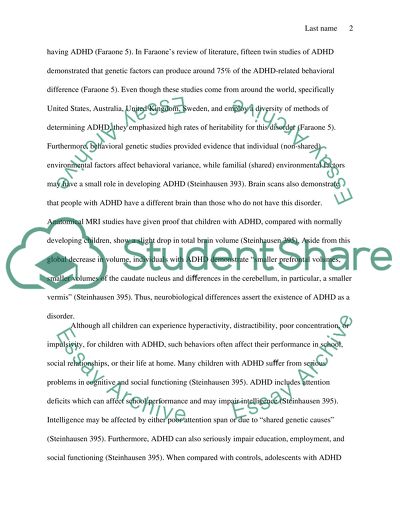Cite this document
(“Attention-Deficit/Hyperactivity Disorder (ADHD): A Real Disorder Essay”, n.d.)
Retrieved de https://studentshare.org/psychology/1443400-is-attention-deficit-hyperactivity-disorder-adhd-a
Retrieved de https://studentshare.org/psychology/1443400-is-attention-deficit-hyperactivity-disorder-adhd-a
(Attention-Deficit/Hyperactivity Disorder (ADHD): A Real Disorder Essay)
https://studentshare.org/psychology/1443400-is-attention-deficit-hyperactivity-disorder-adhd-a.
https://studentshare.org/psychology/1443400-is-attention-deficit-hyperactivity-disorder-adhd-a.
“Attention-Deficit/Hyperactivity Disorder (ADHD): A Real Disorder Essay”, n.d. https://studentshare.org/psychology/1443400-is-attention-deficit-hyperactivity-disorder-adhd-a.


